
Once the longest spice warehouse in the country, now home to two museum
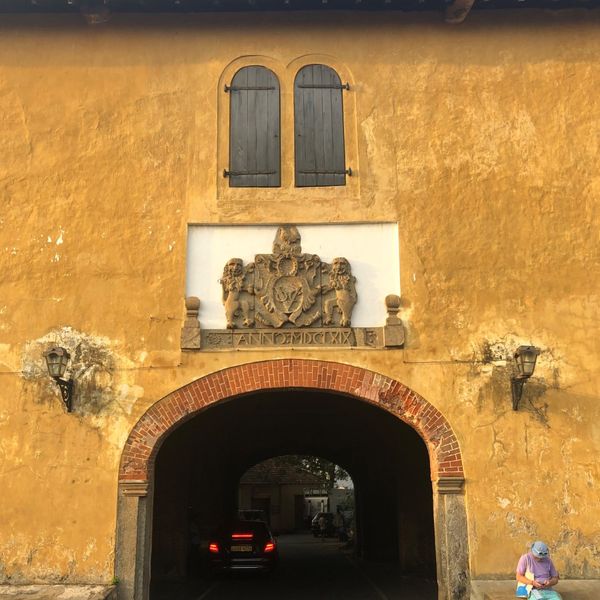
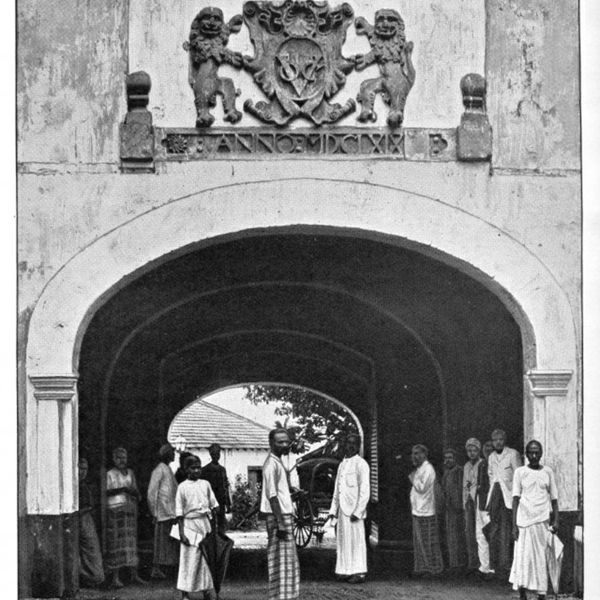
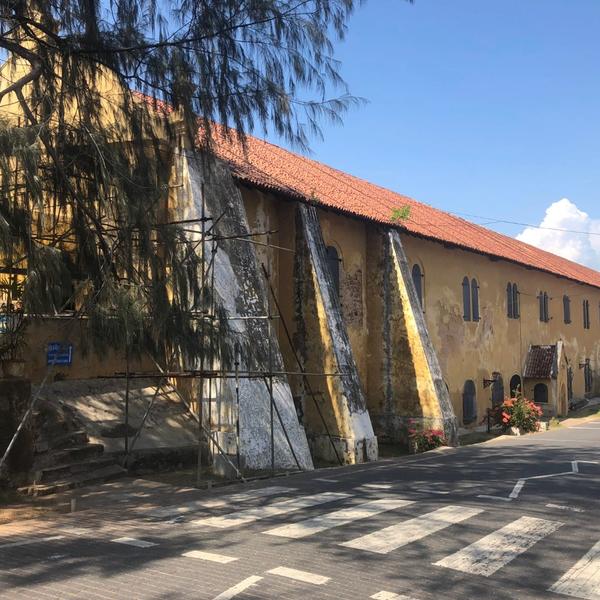

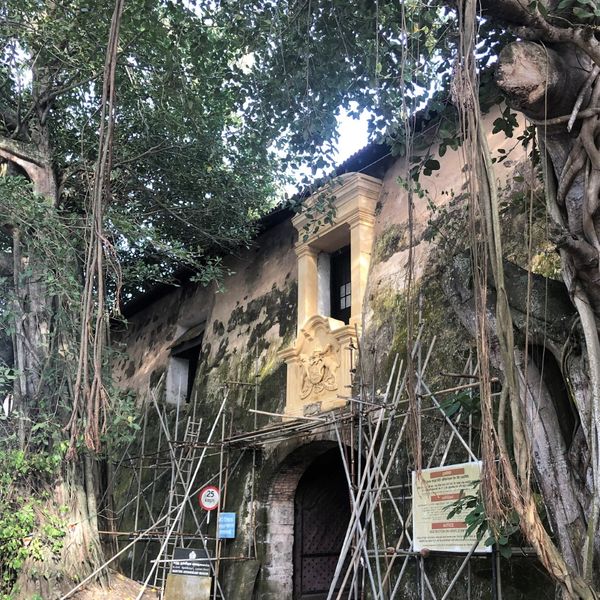
- Queen's Street
- Open daily 8.30 am-5pm
- +94 912 245 254
Spice warehouse
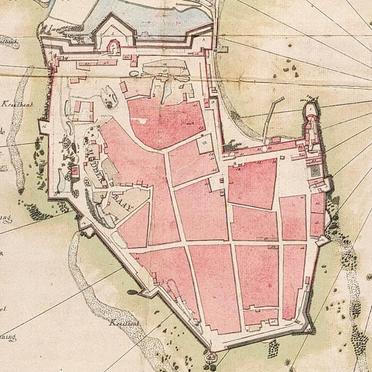
The VOC coat of arms at the old entrance gate tells the story of 150 years of Dutch supremacy making Galle into the epicentre of Asian European trade. Galle’s own icon the cockerel proudly flanked by two lions, a symbol of the power and strength of the world’s first multinational. Spices were then what oil is today, famed for its medicinal power, one bag of nutmeg could buy a house in Amsterdam and cinnamon was worth its weight in gold. In the golden years, the VOC shareholders got paid 18% annual dividend.
Cinnamon, cardamom cloves were kept in the cool basement, gems, pearls, Chinese silk, porcelain and ivory were stored in the dry rooms upstairs and the elephants were kept outside.
Treasure Trove
Cinnamon and cardamom cloves were kept in the cool basement, gems, pearls, Chinese silk, porcelain and ivory were stored in the dry rooms upstairs and the elephants were kept outside under close watch of armed guards until they were ready for shipment to Amsterdam or Batavia, the other VOC stronghold. The Dutch built a canal to ensure a steady supply of goods from the inland jungle, including elephants. They also set up their own cinnamon plantations to be less reliant on the Kandy king who controlled the collection of the prized bark in the hills.
New coat of arms

When the British took over, one of the first things they did was to install the British coat of arms above the back entrance. They also expanded the tunnel and changed all the arched doors and windows to get more light and ventilation to the building. No longer a warehouse, it was used for the district court police magistrate court, land registry, educational department, Galle custom office, P&O shipping office and Galle sports club. Later, in a 1980 renovation, all the big British period doors and windows were removed again, and the building was restored back to its original state based on the Dutch drawings.
Celebrating maritime history
Many years and another renovation later - with help of the Dutch government - it is now home to two museums: the National Maritime Museum (downstairs) and the Maritime Archaeology Museum (upstairs). Want to see first-hand how devastating the impact of the 2004 tsunami was? Go downstairs. Into boats? Upstairs is for you. Filled with boat models, maps and things found from shipwrecks, there is no better place to learn about the country’s long nautical history and heritage. It’s a great starter for your visit to Galle, it is worth it to see the spice house from the inside.
